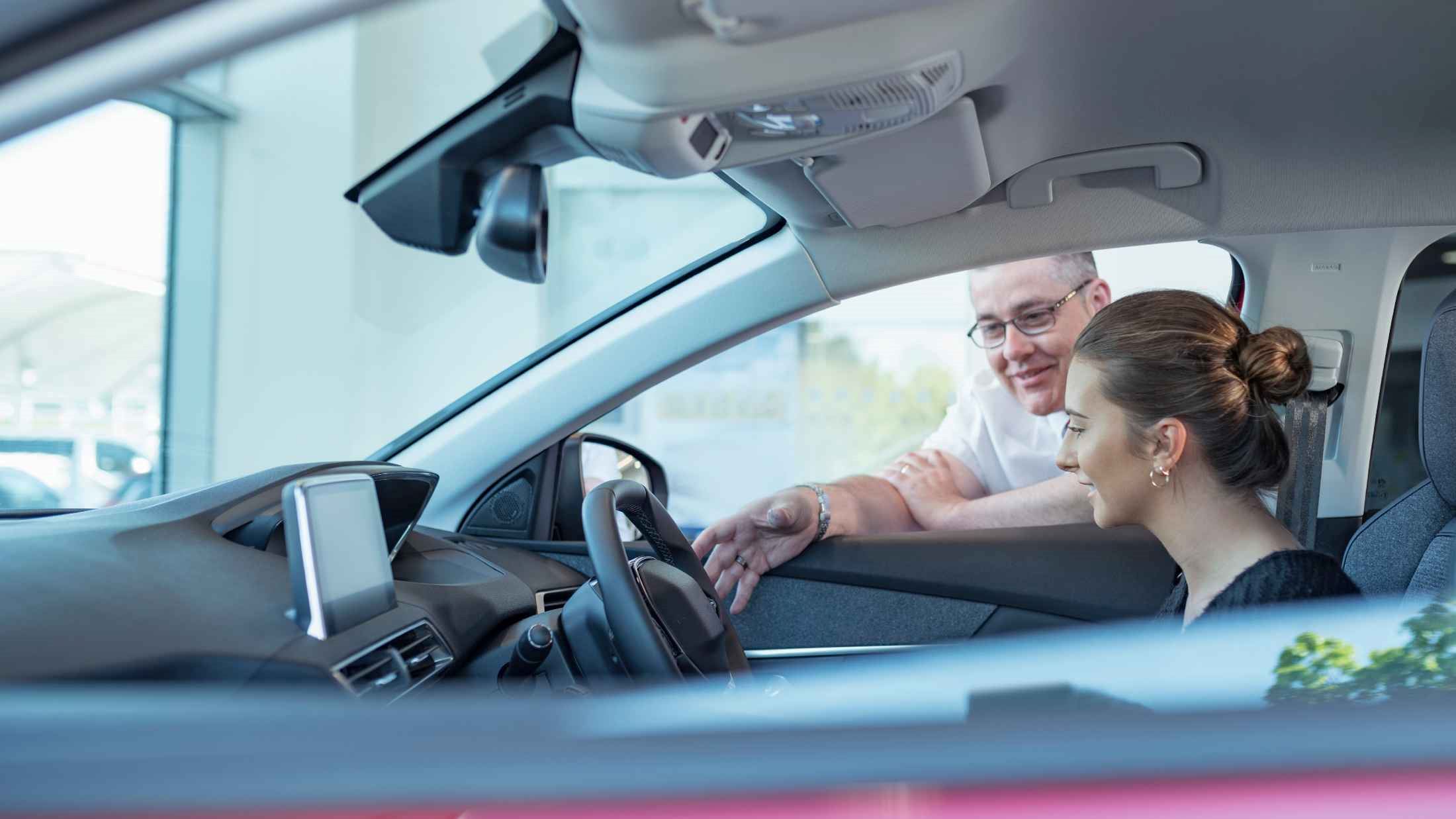Whether you’ve just bought a new car, or want to sell your old one, you must ensure that the car ownership has been transferred. The V5C registration certificate, also known as the log book, is one of the most important documents for owners.
Ownership needs to be transferred. You can face serious consequences for not submitting the correct documents for a DVLA change of ownership on time. But don’t worry, we’ve got you covered with our easy-to-follow guide on how to legally change the owner of a car:
- Car owner or the keeper
- How to change car ownership as a seller?
- How to change car ownership as a buyer?
- Transfer ownership to a family members
- Transfer ownership to a dealer or scrap yard
- Transfer road tax
- Failure to transfer car ownership
Car owner or the keeper
Whilst the owner and the keeper of a vehicle can be the same person, this may not always be the case. One of the most common misconceptions regarding car ownership is that the registered keeper of the car is automatically the owner.
The DVLA makes a clear distinction between the owner and keeper of a vehicle, and you should know the difference too:
- Keeper: A registered keeper of a car is the primary driver who has their details on the V5C documents and will receive parking tickets and fines. the keeper is also responsible for ensuring the vehicle is taxed.
- Owner: When you check the owner of a vehicle, it is the person who purchased the car or received it as a gift. For example, a company car is owned by the company.
It is the original owner’s responsibility to transfer the car's ownership to the new keeper by filling out a V5C form to inform the DVLA of the change of ownership.
However, even after the V5C form has been transferred to the keeper, the owner may be another individual or group.
For example, if a company owns a car and gives it to a different employee each year, the company remains the car’s owner, and the keeper is changed via the V5C each year.
How to change car ownership as a seller?
If you’re looking to sell your car, you'll need your V5C document. On the document, locate the section titled ‘V5C/2’. This is a new keeper section which you will need to fill out and tear off to hand over to the new keeper of the vehicle.
You'll then need to notify the DVLA of the change in ownership online by filling out a form on their website. Alternatively, you can send the V5C/2 form to the DVLA by post.
You will receive a confirmation email and a letter following this. Once this is done, you should dispose of your old V5C, as an updated one will be issued to the new keeper of the car.
How to change car ownership as a buyer?
When buying a car, the seller of the car will update the V5C information with your details. You need to provide the seller with your email address, and you'll get a confirmation from the DVLA when the car owner has been changed online. You should receive your V5C document by post within five working days.
Transfer ownership to a family members
Passing your car on to a loved one isn’t uncommon, whether it’s for cost-effective, sentimental or convenient reasons.
You must still remember to transfer the car ownership to the person who will be the day-to-day driver of the car. Transferring ownership of a car to a family member is the same process you would follow when selling your car. Make sure that you fill out the DVLA form to notify the change of keeper of the car.
Transfer ownership to a dealer or scrap yard
Even when you're planning to hand over your car to a dealer or scrap yard, you still need to transfer the car’s ownership to whoever the new keeper will be. For this, you'll need to fill in section 9 on the V5C and send it to the DVLA by post. Keep the rest of the V5C document to hand to the dealer or scrap dealer.
Transfer road tax
Along with updating the ownership of the car, you must also update road tax. This isn’t automatically done when you get ownership of the car.
Once you’ve been registered as the keeper of the vehicle, you need to transfer car tax through the Government’s Tax Your Vehicle portal. You can only transfer vehicle tax once you’ve got your new logbook reference number which can be found on any of the following:
- a recent reminder (V11) or ‘last chance’ warning letter from DVLA
- your vehicle logbook (V5C) - must be in your name
- the green ‘new keeper’ slip from a logbook if you’ve just bought it
Failure to transfer car ownership
You can be held accountable if your vehicle is involved in an accident or fined if you're its registered keeper.
It's a criminal offence to not tell the DVLA of a change of registered keeper. Failure to notify the DVLA of a change of keeper for a vehicle can come with a fine of up to £1,000.
As the owner of a vehicle you're selling, passing on or handing over to scrap, you must ensure you have informed the DVLA the keeper has changed.
We hope this guide has helped you understand the importance of changing the ownership of your vehicle. And, if you’re after a car insurance policy, why not take a look at AXA Car Insurance?









